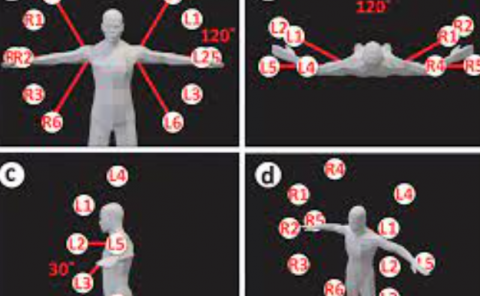State Of the Art Virtual Reality Streaming: Solutions for Reducing Bandwidth and Improving Video Quality
PubDate: February 2018
Teams: Harmonic
Writers: Thierry Fautier

Abstract
VR 360 video applications typically require bandwidths of at least 15 Mb/s to 20 Mb/s while providing limited video quality. This is because users only observe a small part of the VR panorama at any time; about 12 to 15 percent. But, the full panorama needs to be provided to users on a continuous basis. — This paper summarizes the state-of-the-art in VR streaming, detailing how Tiled VR streaming technology can reduce bandwidth requirements by an order of magnitude while improving video quality. This is achieved by dividing a VR panorama into “tiles” and streaming only those tiles that users actually look at while wearing head-mounted displays (HMDs). This solution is based on HEVC tiling features as well as the DASH extension. — A major challenge for any viewport dependent VR streaming technology is motion-to-photon delay. Using a combination of selective tile transfer, a low-resolution base layer, smart packaging, and very low-latency protocols, Tiled VR streaming can offer extremely low motion-to-photon delay even when streaming from existing CDNs. This paper will conclude by showing the trade-offs between quality and bitrate when tiling from 4K or 8K sources to produce HD and UHD experiences respectively on HMDs, based on field trials and realistic use cases.

